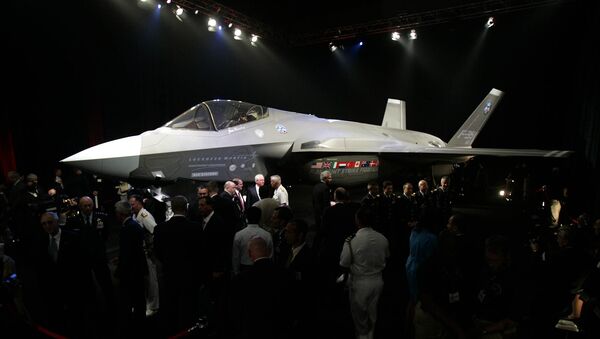Since 2006, the F-35 has been plagued by a series of issues involving logistics systems, avionics processors, landing gear, and fuel tank design. In October, a Marine Corps F-35B fighter jet caught on fire during a training simulation.
"Every time they test it they find another failure," Pierre Sprey, one of the designers of the F-16, told Sputnik Radio. "Another failure means an expensive fix that has to be put into the production line," Sprey added.
One of the chief features of the F-35s, its stealth capability, "was an advertising hook when it was first developed as a multibillion dollar program in the early 80s," he said. "Stealth itself dated all the way back to World War II, but was a relatively cheap and low-level operation," he noted. And while stealth may have been an effective marketing tactic, "every Battle of Britain radar would be able to see every stealth airplane today, loud and clear," he said.
Still, the F-35s are a significant upgrade from Japan’s 1970s-era Mitsubishi-McDonnell Douglas F-4J Kai aircraft.
"This is such an important time in our wing’s history" Colonel Kurt Gallegos, the 944th Fighter Wing commander, said of the deal, according to Update Philippines.
The entire deal, including initial purchase, future maintenance and repairs, is worth an estimated $14 billion, IHS Jane’s notes. Japan has agreed to procure 28 of the F-35s over the next five years, the security intelligence news agency adds.



